270 Winchester and 7mm-08 Remington Race
A subscriber to my You Tube Channel (Ron Spomer Outdoors,) requested a 270 Winchester and 7mm-08 Remington comparison. We can shorten the gentleman's wait time with a quick ballistic comparison right here, including some handling, weight, and recoil differences between these two excellent mid-power cartridges.
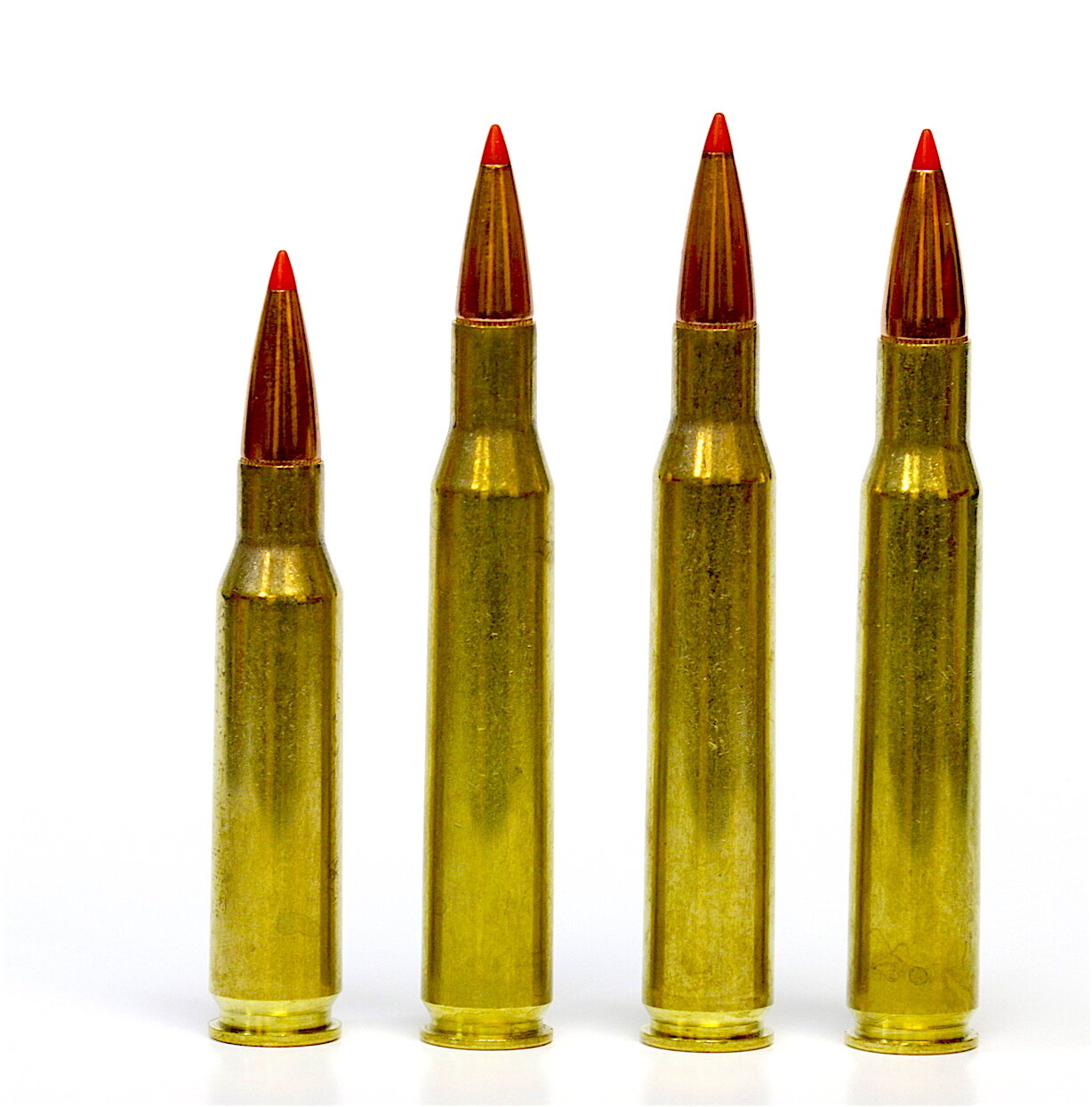
The famously flat-shooting 270 Winchester has been around since 1925. It’s basically the 30-06 case necked down to hold a .277” bullet. The much younger 7mm-08 Remington (a 1980 release) is also related to the 30-06, but a couple of generations removed. First, the 30-06 was shortened to make the 308 Winchester. Historians say Winchester engineers actually used the 300 Savage, a 1921 release, as the parent cartridge for the 308, but if you compare the dimensions of all three, you’ll see that Savage likely based its 300 on the 30-06 case which was itself based on the 7x57mm Mauser which sprang from the 8mm Mauser… Cartridge development is an incestuous business. At any rate, the 7mm-08 Remington is merely the 308 Winchester necked down to accept a .284” bullet, commonly known as a 7mm even though .284” actually measures 7.2136 mm. (But who wants to go around bragging up his favorite “seven point two one three six em em?”)
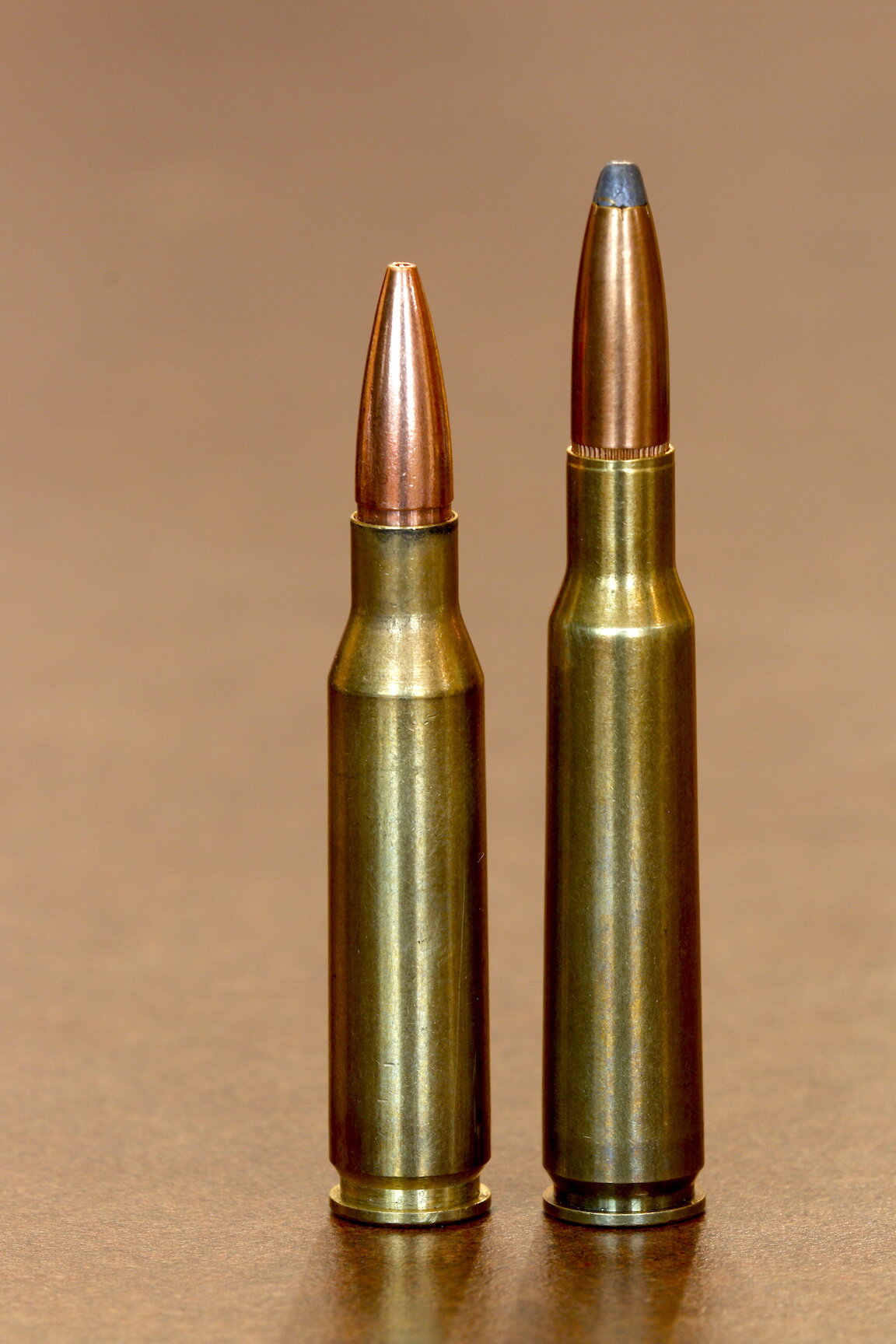
The main point is this: the head and body diameters of both the 270 Winchester and 7mm-08 Remington give both the same storage capacity except the 270 case is .505” longer. This means it will hold 62.8 grains of water while the 7mm-08 Remington is limited to just 47.8 grains when both are topped with 150-grain bullets. Obviously the 270 will propel that bullet a bit faster than will the 7mm-08. How much difference will this make in ballistic performance?
Once again we’ll go to the judges’ score cards, but first…
To conduct this race we have pushed 150-grain bullets to top velocities in each rifle, zeroing each for a maximum point blank range for an 8” diameter target. This means we zero high enough to keep all bullets from flying no higher than 4 inches above point-of-aim at any distance. The distance at which this bullet then drops 4 inches below point-of-aim establishes its maximum point blank range. Read this blog post for a more in-depth explanation of Maximum Point Blank Range and its advantages for most big game hunting.
To keep this race as fair as possible, we used Nosler’s AccuBond Long Range bullets in each rifle and kept barrel length and rifle weight identical. Because the 270 Winchester bullet is slightly narrower than the 7mm-08 bullet (.277” vs. .284”,) and they have the same mass, the .277” slug enjoys a slight advantage in aerodynamic efficiency (B.C.) The .277 bullet’s B.C. is .625, the .284 bullet’s B.C. is .611 according to Nosler. So, we’ll fire each under identical atmospheric conditions in a 10 mph right angle wind; and here are the results as calculated by Hornady’s convenient, on-line ballistic calculator.
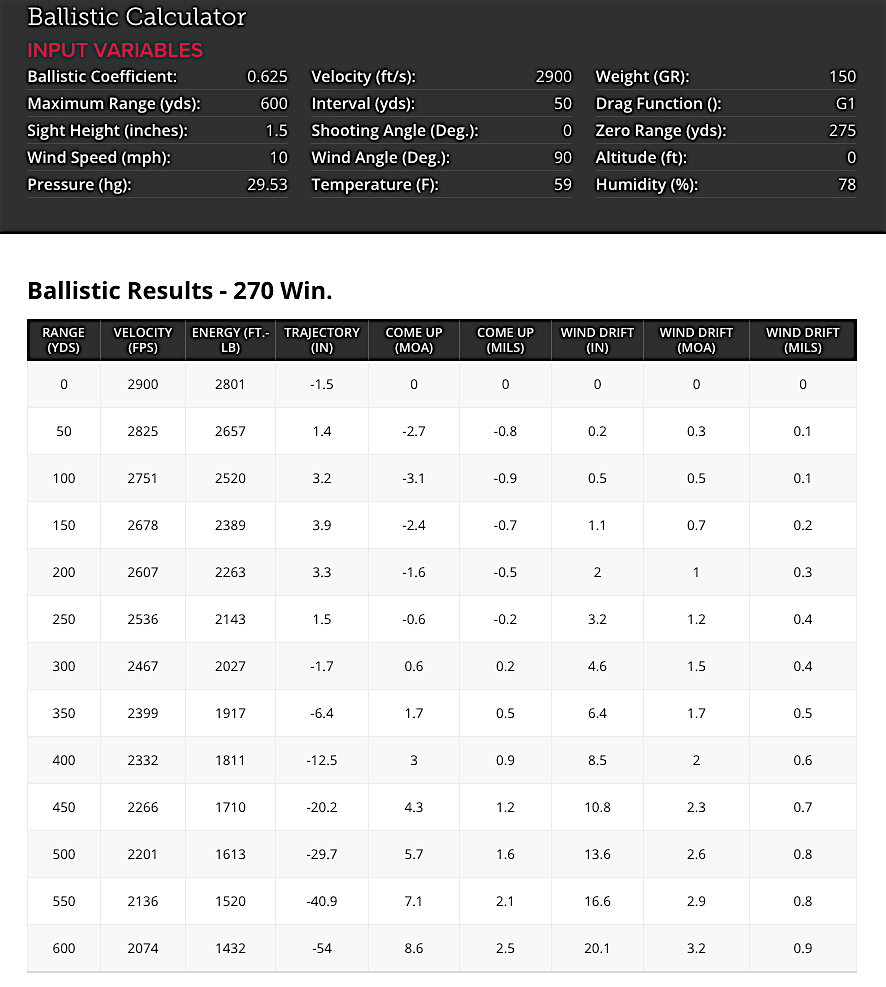
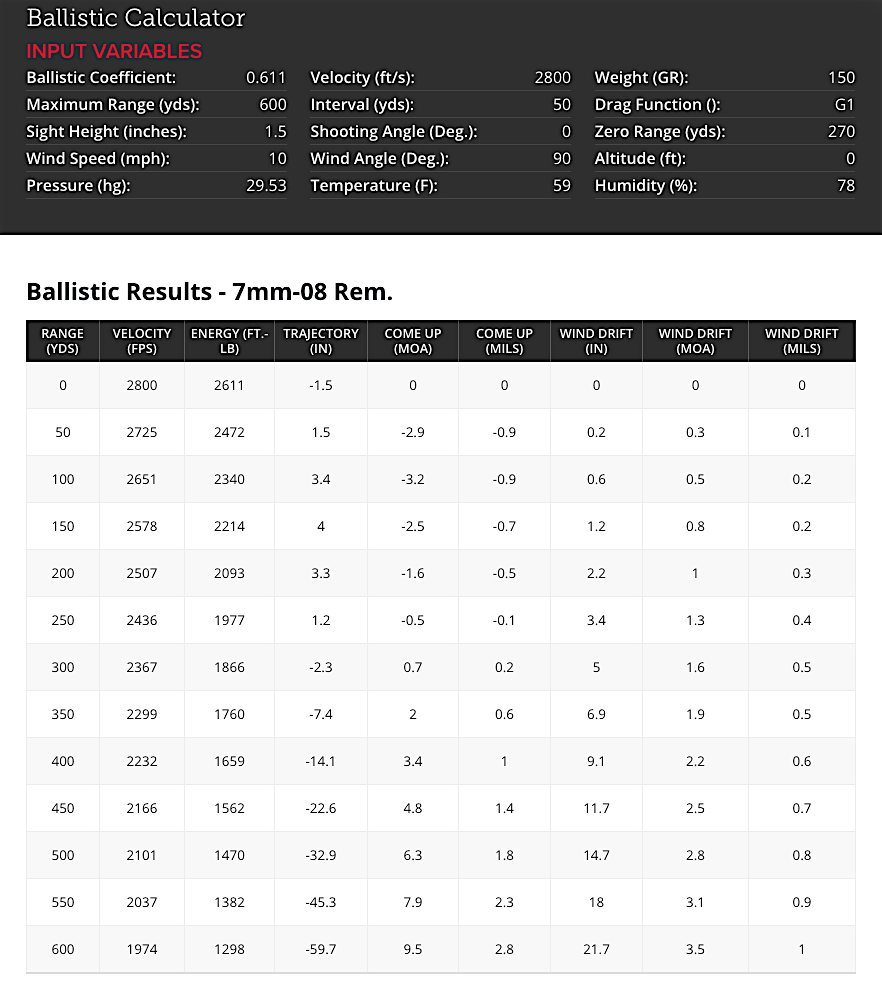
If you are like me, you’re struck not so much by the differences between the 270 Winchester and 7mm-08 Remington as the similarities. A half inch less drop at 300 yards gives the 270 Winchester the win, but honestly, what deer, bear, elk or even coyote is going to notice this difference? For that matter, what hunter will notice it? And check out those wind deflection numbers. The 270 Winchester and 7mm-08 Remington come within .4” of wind deflection at 300 yards, 1.5 inches at 600 yards.
As for energy, again I doubt any big game animal will escape a vital zone hit with either of these 150-grain slugs out to 600 yards. Statistically the 270 Winchester out-powers the 7mm-08 by 161 f-p at 300 yards. That’s about the equivalent of a 22 Long Rifle High Velocity load. I’m betting it’s not bouncing off anything wrapped in fur or feathers. But the recoil of the firing rifles will be bouncing off your shoulders, so let’s investigate that.

The 7mm-08 wins the lightest recoil title here. In a 7-pound rifle it will recoil with a velocity of 13.57 fps and energy of 20.04 f-p. The 270 will kick at 15.1 fps with 24.81 f-p. If you can detect these differences, you’re more sensitive than I, especially with a buck in your sights.
The 7mm-08 Remington can be chambered in short action rifles, saving perhaps 2 to 4 ounces of weight, all else being equal, and a half-inch of overall rifle length — a dubious advantage at best under real world hunting conditions, but a useful consideration in a true, minimalist mountain rifle. Personally I do notice and like a well-designed short-action rifle’s balance and feel, but after a few minutes of carrying and working a well-designed standard-length action, I’m just as happy. And effective. As for the cycling speed advantage of the short action, big deal. I doubt any split second advantage is going to make the difference between elk in the freezer and elk in the woods.
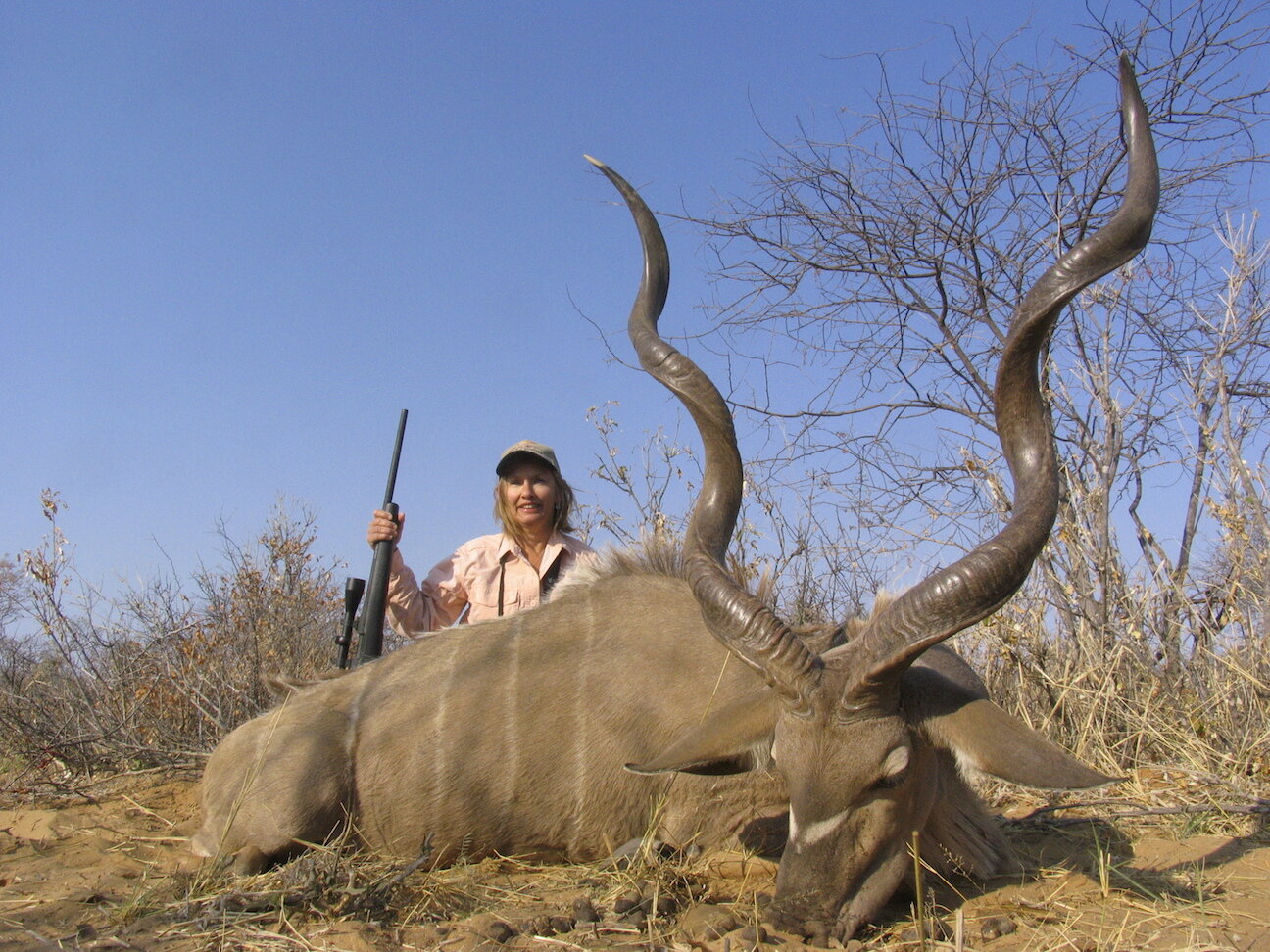
In conclusion, the 270 Winchester has about a 10-yard Maximum Point Blank Range advantage over the 7mm-08 and a slight overall ballistic advantage. If the bulk of your shooting will be conducted at 300 yards or less, pick either and hunt happy for the rest of your life. If you wish to specialize in longer range work, the 270 Winchester will give you a slight advantage. Then again, with a laser rangefinder and ballistic reticle or dialing turret, that’s not a big deal, either.
In conclusion of my conclusion, I’d say flip a coin or close your eyes and pick one. You can’t go wrong with either.
A fan of both the 270 Winchester and 7mm-08 Remington, author Ron Spomer happily uses either in pursuit of protein and wild adventures around the world. His longest shot ever on a mountain goat, 350-yards, came with a 7mm-o8 Remington. His longest shot on pronghorn, 536 steps, was with a 270 Winchester. He prefers long stalks to long shots.


